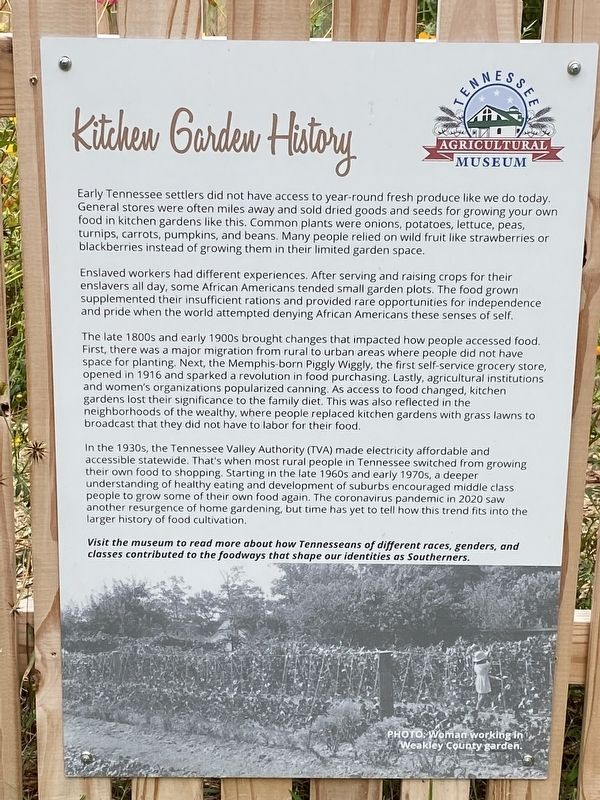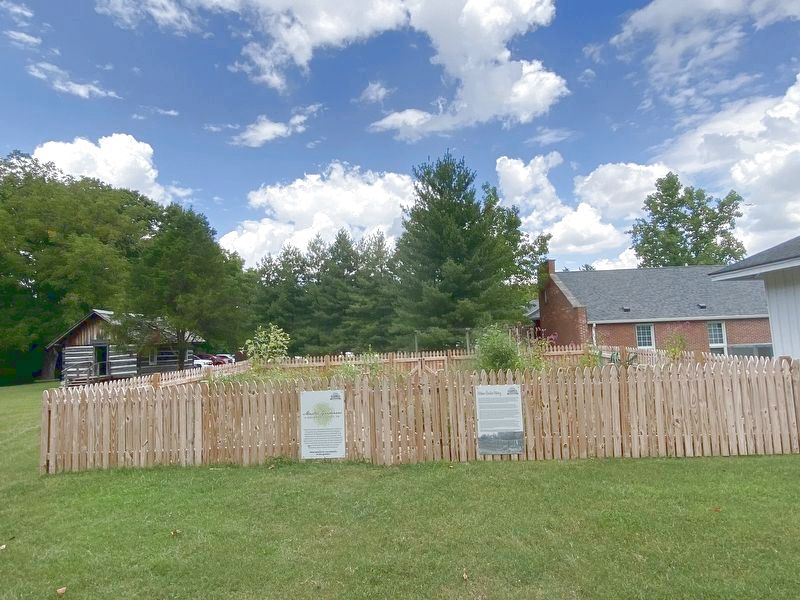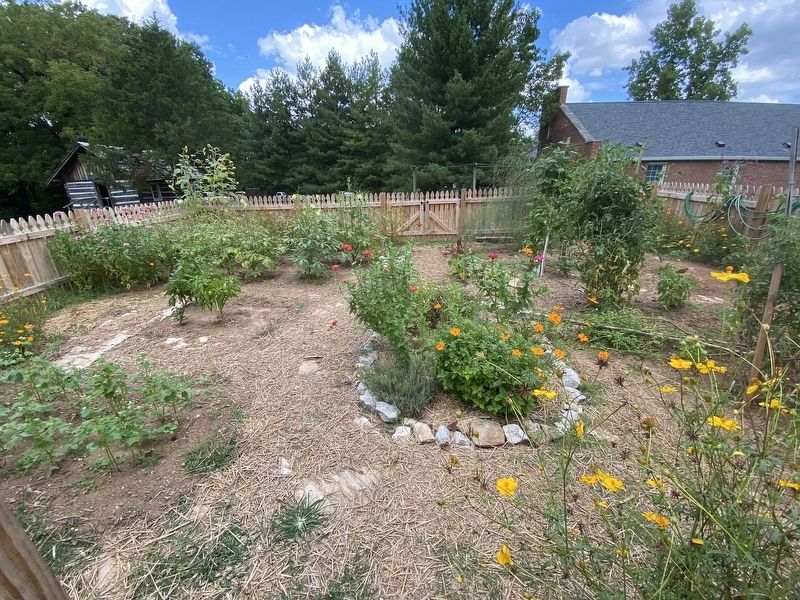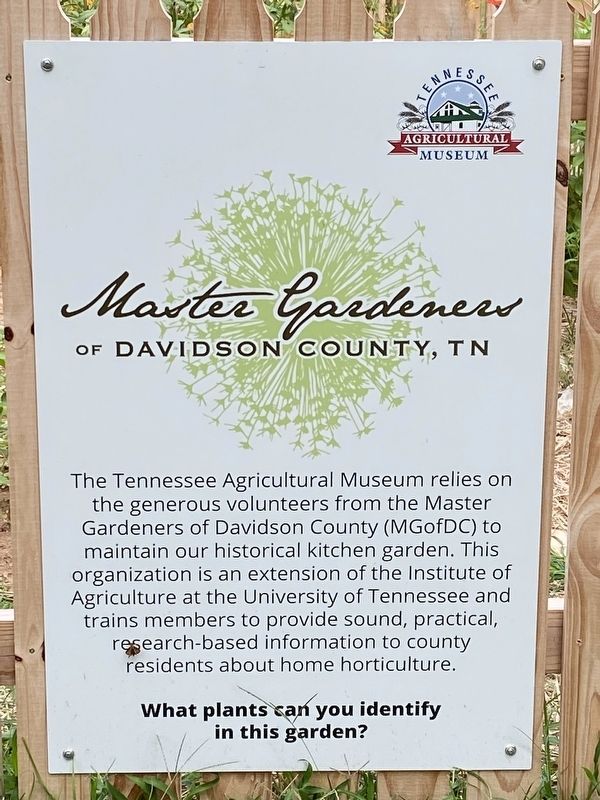Nashville in Davidson County, Tennessee — The American South (East South Central)
Kitchen Garden History
Enslaved workers had different experiences. After serving and raising crops for their enslavers all day, some African Americans tended small garden plots. The food grown supplemented their insufficient rations and provided rare opportunities for independence and pride when the world attempted denying African Americans these senses of self.
The late 1800s and early 1900s brought changes that impacted how people accessed food. First, there was a major migration from rural to urban areas where people did not have space for planting. Next, the Memphis-born Piggly Wiggly, the first self-service grocery store, opened in 1916 and sparked a revolution in food purchasing. Lastly, agricultural institutions and women's organizations popularized canning. As access to food changed, kitchen gardens lost their significance to the family diet. This was also reflected in the neighborhoods of the wealthy, where people replaced kitchen gardens with grass lawns to broadcast that they did not have to labor for their food.
In the 1930s, the Tennessee Valley Authority (TVA) made electricity affordable and accessible statewide. That's when most rural people in Tennessee switched from growing their own food to shopping. Starting in the late 1960s and early 1970s, a deeper understanding of healthy eating and development of suburbs encouraged middle class people to grow some of their own food again. The coronavirus pandemic in 2020 saw another resurgence of home gardening, but time has yet to tell how this trend fits into the larger history of food cultivation.
Visit the museum to read more about how Tennesseans of different races, genders, and classes contributed to the foodways that shape our identities as Southerners.
Photo: Woman working in Weakley County garden.
Erected by Tennessee Agricultural Museum.
Topics. This historical marker is listed in this topic list: African Americans. A significant historical year for this entry is 1916.
Location. 36° 3.753′ N, 86° 44.783′ W. Marker is in Nashville, Tennessee, in Davidson County. Marker can be reached from Hogan Road. Touch for map. Marker is at or near this postal address: 404 Hogan Rd, Nashville TN 37211, United States of America. Touch for directions.
Other nearby markers. At least 8 other markers are within 2 miles of this marker, measured as the crow flies. The Caldwell Years (within shouting distance of this marker); Ellington Agricultural Center (within shouting distance of this marker); Early History (within shouting distance of this marker); Caring for Historic Cabins (within shouting distance of this marker); a different marker also named Ellington Agricultural Center (approx. 0.2 miles away); Crieve Hall (approx. 0.6 miles away); May-Granbery House and Alford Cemetery (approx. 1.1 miles away); Travellers' Rest (approx. 1.4 miles away). Touch for a list and map of all markers in Nashville.
Credits. This page was last revised on September 5, 2022. It was originally submitted on September 3, 2022, by Darren Jefferson Clay of Duluth, Georgia. This page has been viewed 151 times since then and 30 times this year. Photos: 1, 2. submitted on September 3, 2022, by Darren Jefferson Clay of Duluth, Georgia. 3, 4. submitted on September 4, 2022, by Darren Jefferson Clay of Duluth, Georgia. • Mark Hilton was the editor who published this page.



